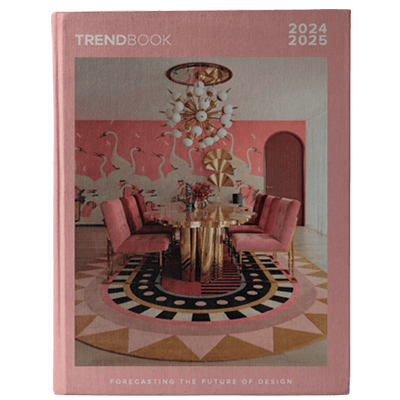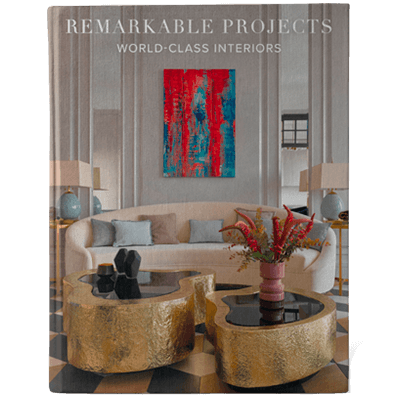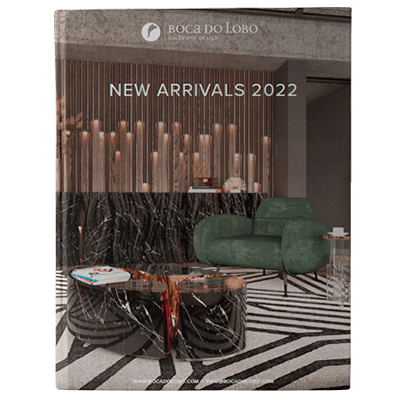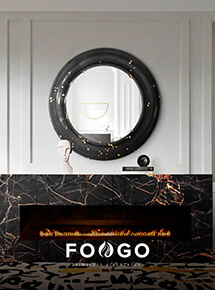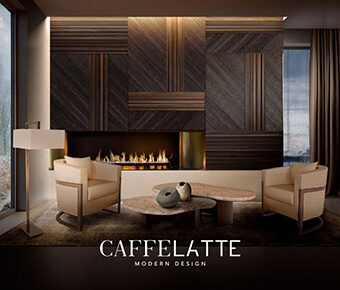Being one of the most representative art forms of the Portuguese culture, the hand-painted tiles reflect a tradition with hundreds of years, and it often portrays scenes from our history or its fabulous sights. Azulejo (another term for hand-painted tiles) is a clay or ceramic plate piece, generally with a square shape decorated with glazed colourful designs, and the majority of hand-painted tiles shows Moorish designs which have curvilinear, lacelike and looping designs, or even have geometric or floral motifs.











Heritage is an elegant luxury furniture piece to compliment the decoration of any interior setting. A highly coveted ensemble of hand-painted tiles like those of an expertly curated art collection brings together master artisans and craftsmen for Boca do Lobo’s Heritage. In its interior, there is one door and four drawers, fully lined with gold leaf.


The process is very meticulous. A tile is chosen to see if it is cracked, the good ones have a hollow sound when hit against each other. The drawing is on a parchment paper that is drawn with a graffiti pen and stamped with a coal pencil in the tile. The paintwork is done with water-based paint, a powder that is mixed with water to work the density.














To have the paint be the exact thickness requires knowledge: not too watery and not too strong. If it is too thick, the brush starts dragging, if it is too watery, it will be difficult to achieve the expected tone. The outline is made from the contour brush, and artists keep brushing, avoiding it gets laid on the bottom. Afterwards, the background is painted with a swath brush to highlight the piece, then the dark shades for the highlights and more watery paint for the shades until the frame is completed. The hand-painted tile goes to the oven and the rest of the coal disappears. The process is complete.
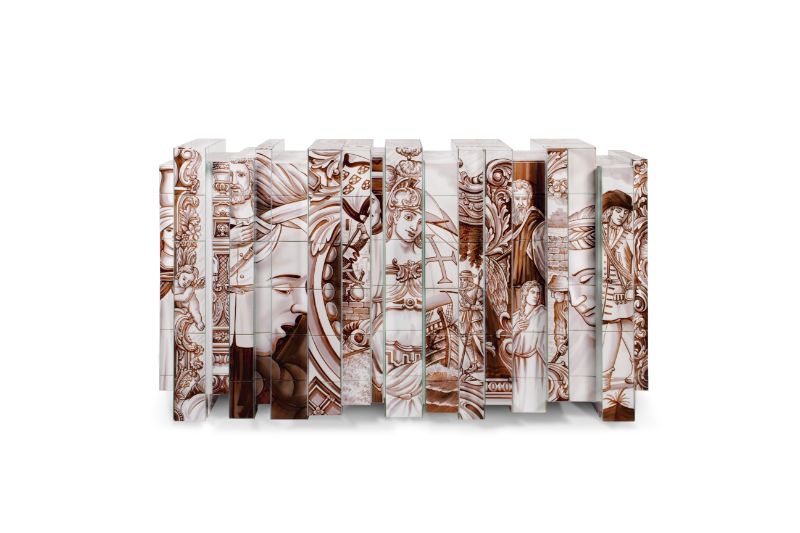







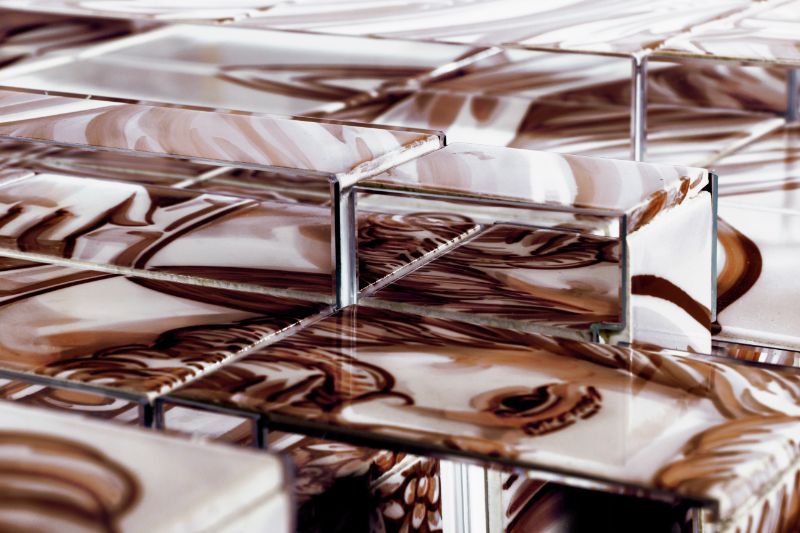


Hand-painted tiles have gained a privileged place in architecture throughout the centuries. Portugal has adopted them like no other country has and in order to honour the Portuguese hand-painted tiles, Boca do Lobo created Heritage Sideboard.


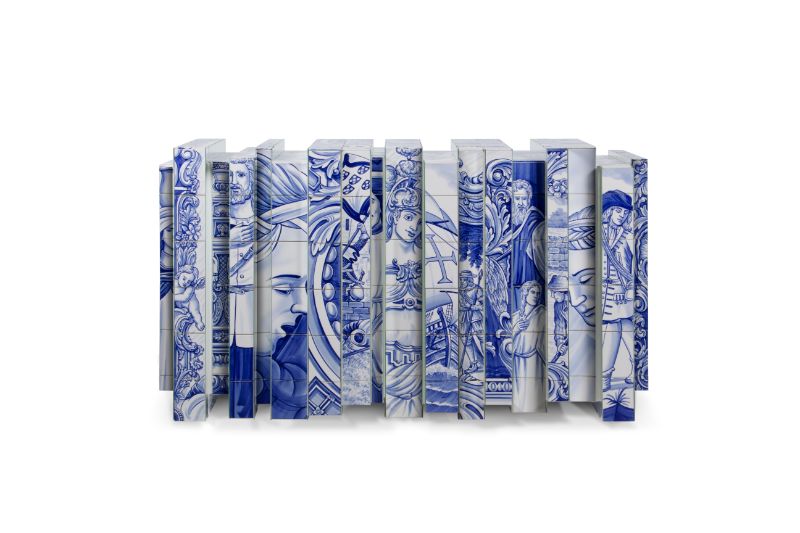






![]()
![]()
![]()




This piece presents a different number of layers, where each one tells a different story.


Originally, hand-painted tiles appeared in Portugal under the Moorish people in the XV century. Since then, no other country has used this art with such consistency and in so many ways for over five centuries, meaning it is already part of the Portuguese soul, earning the recognition of the most meaningful place for this timeless skill.
See Also: The Wonders Of Craftsmanship – Details Of Leaf Gilding
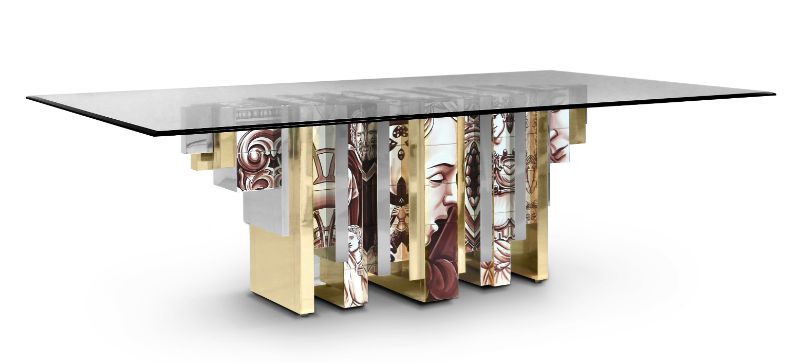







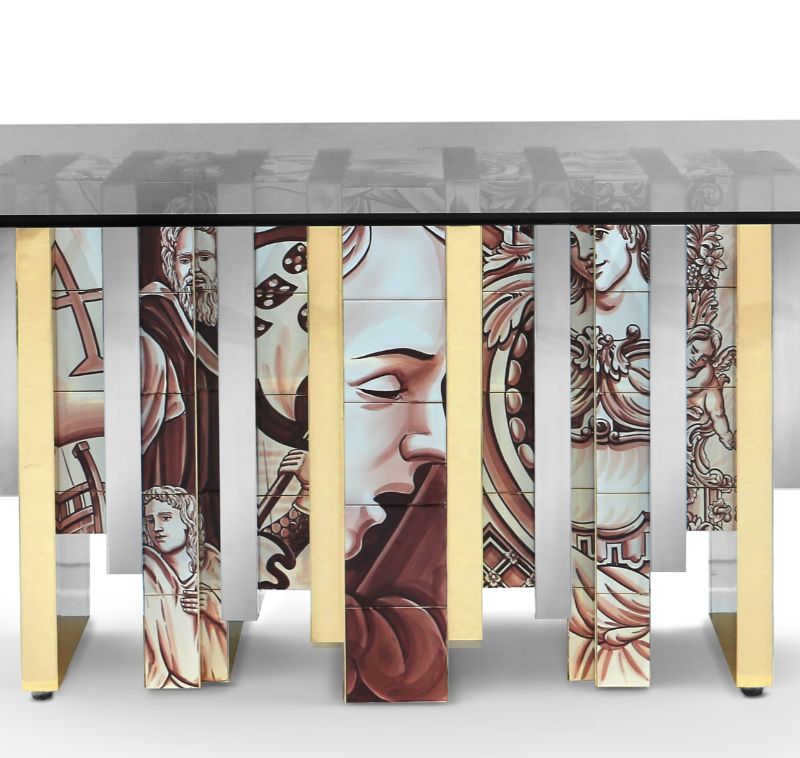


The Heritage Dining Table, much like its sibling Heritage Sideboard and Cabinet, is a highly sophisticated piece inspired by Portuguese history through the use of traditional hand-painted tiles. Its noble design features bold lines, with alternating polished brass, bevelled mirror and azulejo strips and a tempered glass top, which reflect your dining room’s finest elements, yet adding a touch of warmth and finesse.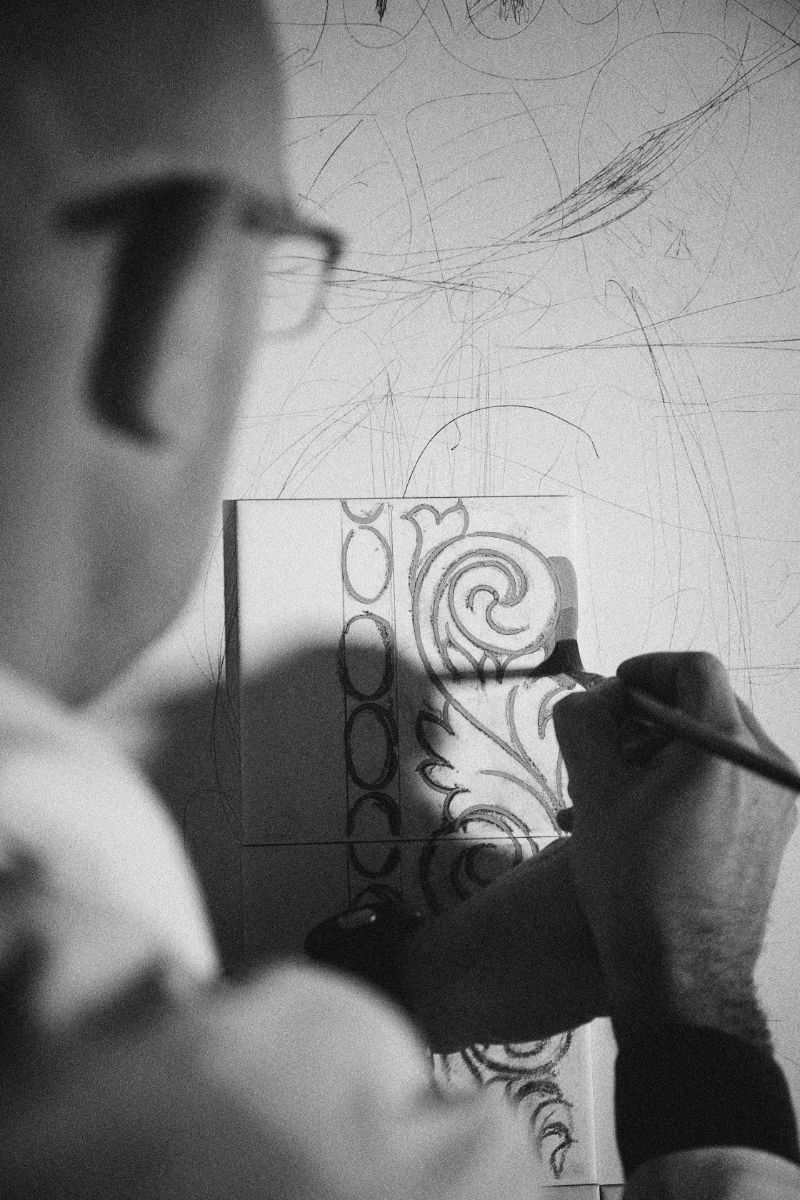


Among the remaining Portuguese artists of hand-painted tiles and a member of our team is Mr Araújo, a brilliant mind who is always looking to create antique and historic panels yet in a forward-thinking way. An artist who loves to draw and to paint since he was a little boy.
“I wanted to study Fine Arts, but my mother worked at a ceramics factory where they had a very old painting section. I had the opportunity to work only for the summer holidays, but actually, I love it and I stayed for years.”
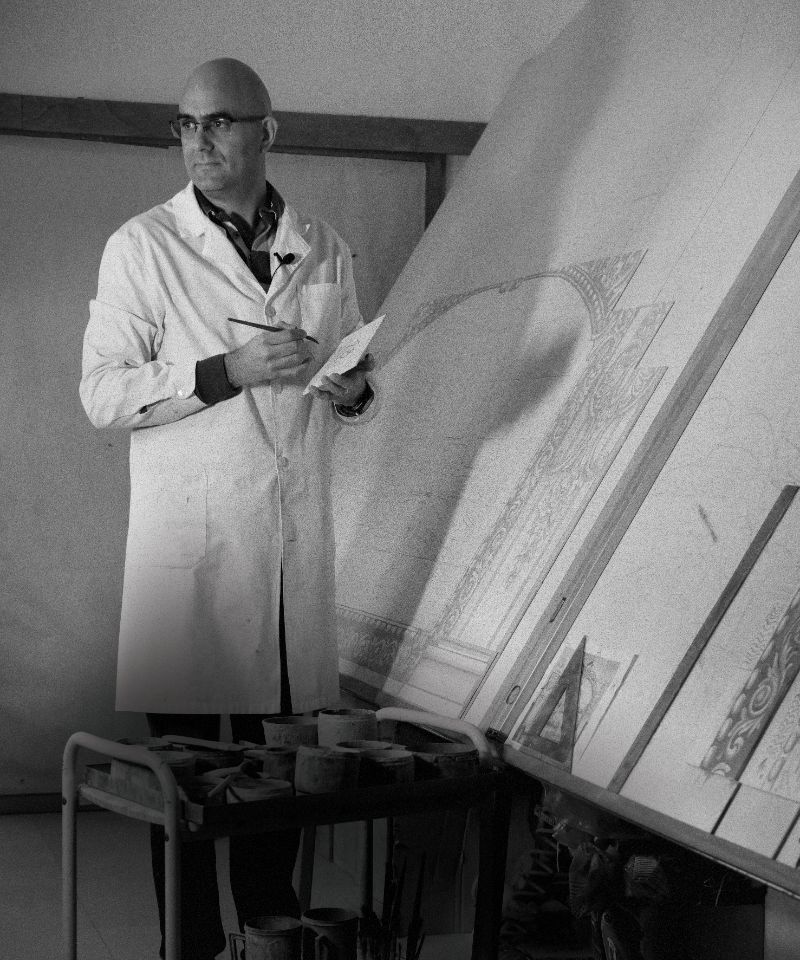


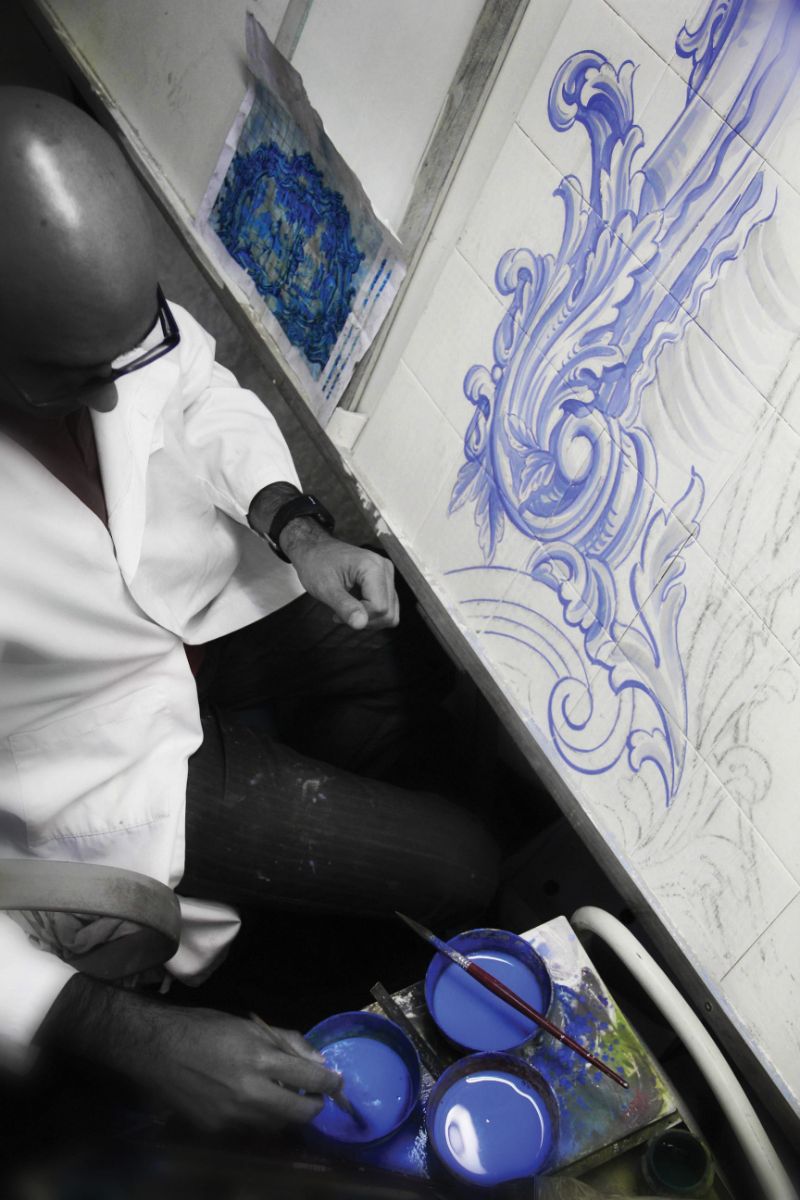


The challenge today has been to find new aesthetic concepts since the hand-painted tile itself will be always the same. That is where Boca do Lobo thrives, always searching for ways to celebrate contemporary design while keeping alive the know-how of our ancestors. Craftsmanship is in our core, and also a key part of our furniture designs.






A statement bathtub covered in traditional hand-painted tiles, one of the most representative art forms of Portuguese culture, featuring a gold-painted tear finished with high gloss varnish. A sophisticated tub of high gloss black or white lacquered cast iron.














See Also: The Wonders Of Craftsmanship – Details Of Leaf Gilding






